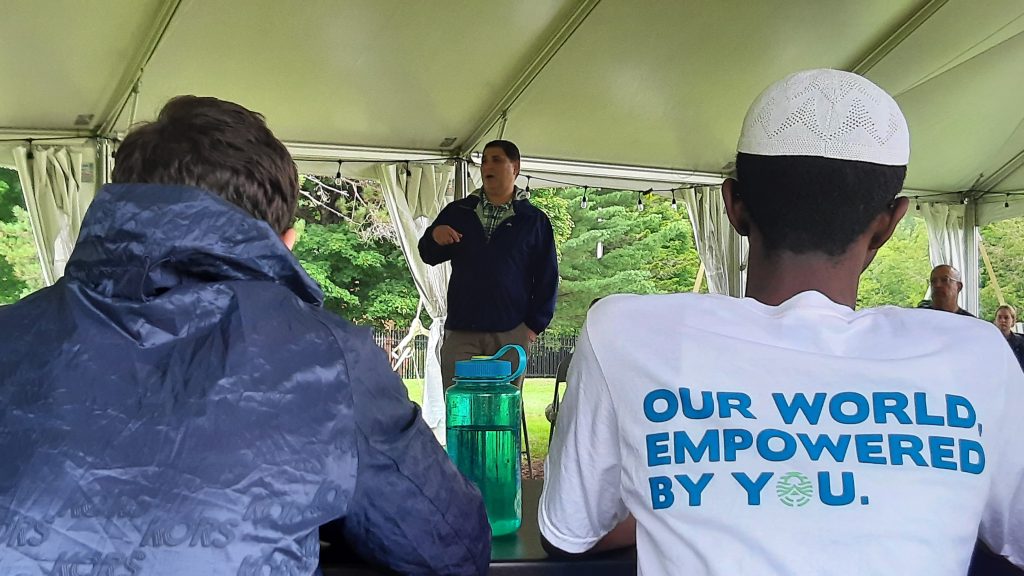By Justin A. Levine – Senior Communications Specialist
Friday, May 2, 2025

Overcoming the ‘nature gap’ (ADI) – Adirondack Explorer, April 8, 2025
The Adirondack Park belongs to all New Yorkers, and all are welcome to enjoy its natural splendors. But that doesn’t mean that the great wilderness is “welcoming.” Too often, people of color from metropolitan areas who have not historically been visitors can feel hesitant to visit wild areas like the Adirondacks.
Fortunately, there are dedicated efforts to make the Adirondacks more welcoming. Haitian native Lucienne Nicholson lives in Rochester and has been working diligently to try and introduce more people to the wonders of nature, and specifically, the Adirondack Park. Nicholson has found that Black and Brown trip leaders can help build trust and confidence in wild places. .
Nicholson’s leadership is critical to the work of making the Adirondack Park relevant to and safe for all New Yorkers.
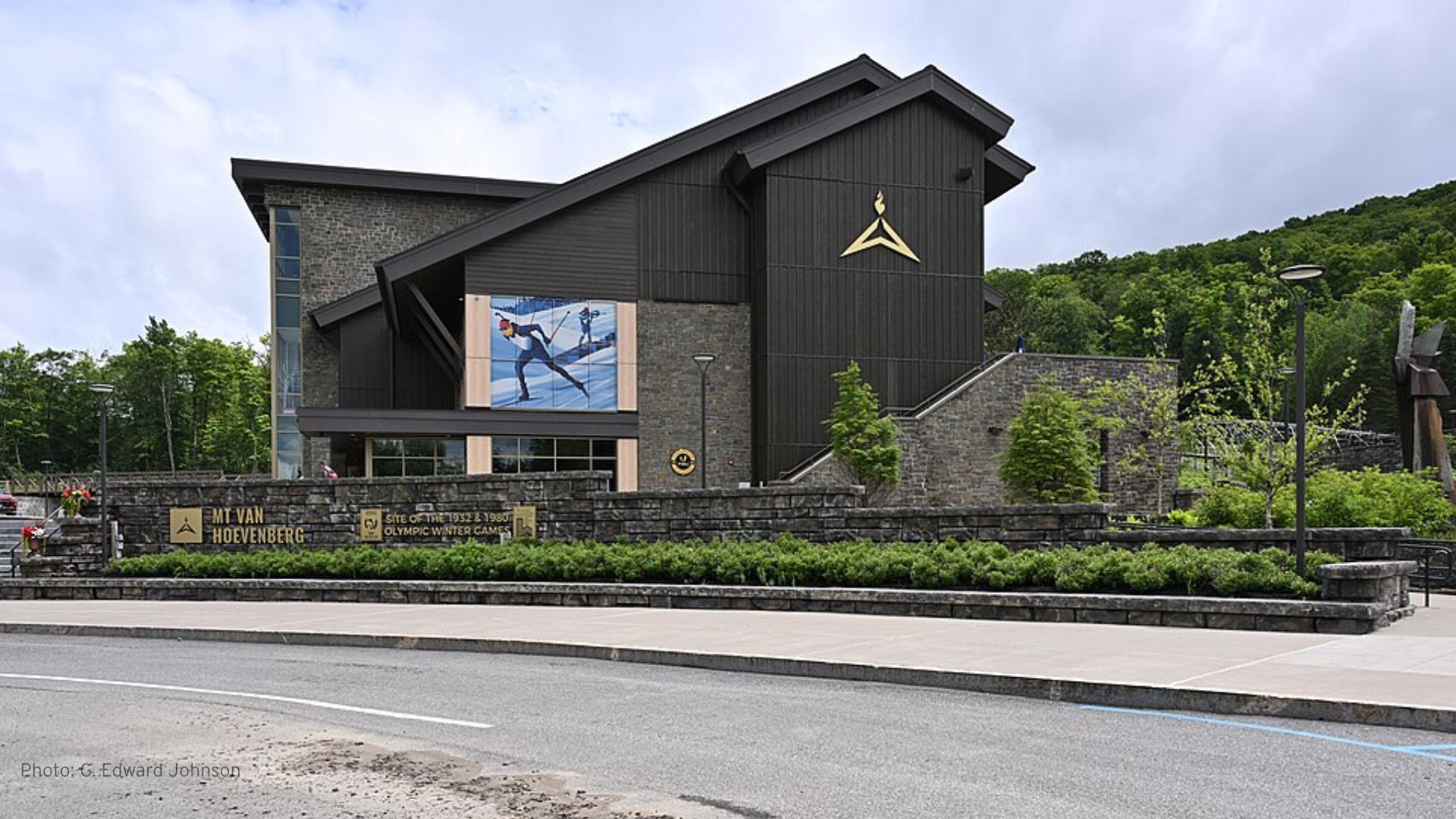
Van Ho work may go to statewide vote – Adirondack Daily Enterprise, April 11, 2025
The Adirondack Park is protected by one of the strongest conservation laws in the U.S. This benefits the wild places of the Adirondacks because it means that whims cannot negatively impact the Forest Preserve. In order to make certain changes to the Forest Preserve, the state must pass a constitutional amendment, which needs to be passed by both houses of the state legislature, twice, before it can go to the general public.
This year, the legislature has the opportunity to make the second passage of a proposed amendment, meaning it could go to the public later this year or in 2026. The amendment would allow the state Olympic Regional Development Authority (ORDA) to improve the Mount Van Hoevenberg Olympic Complex and remain in compliance with state laws around the Forest Preserve.
Van Ho is located on both state land and land owned by the Town of North Elba, and the proposed amendment would allow for eventual development of 323 acres. There are limits on the development – no hotels or condominiums, for example – and any use of the acreage would need to support Van Ho’s current functions. The 323 acres would be offset by a land purchase that would add 2,500 acres to the Forest Preserve in another area.
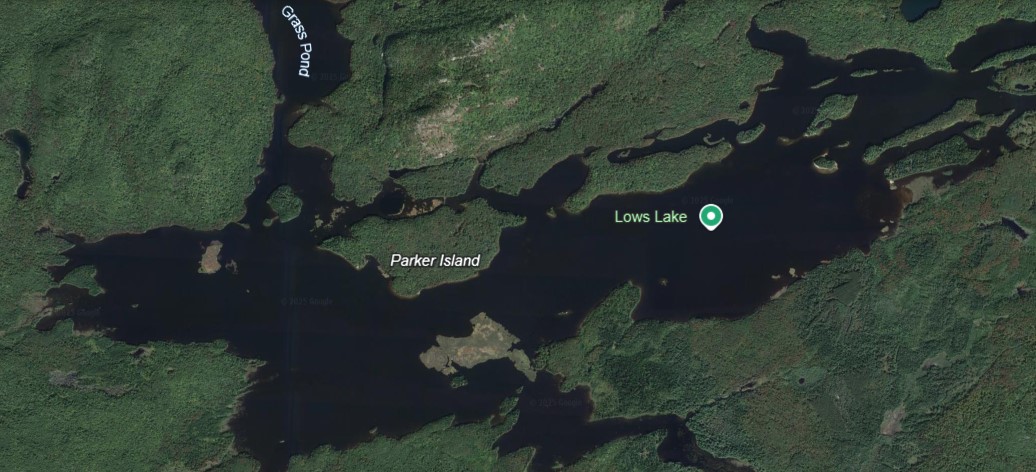
OSI looks to buy former Boy Scout camp on Lows Lake – Adirondack Explorer, April 11, 2025
The Open Space Institute has a contract to purchase the 1,500 acre Sabattis Scout Camp near Long Lake. After decades of hosting Boy Scouts deep in the Adirondacks, the acreage around Lows Lake is slated to be added to the state Forest Preserve in the near future.
The Scout Camp is largely surrounded by the Five Ponds Wilderness in southern St. Lawrence County. Lows Lake is a fabled paddling destination, and OSI’s purchase will protect five miles of shoreline. The camp hosted scouts as recently as last year, but declining enrollment made the camp unprofitable. OSI is purchasing the property from Scouting America for $2 million.
OSI will hold onto and manage the property until an agreement can be reached with the state Department of Environmental Conservation for its transfer to the Forest Preserve. This area of the park is home to some of the most remote lakes and rivers within the Blue Line, and the Adirondack Council celebrates this purchase.
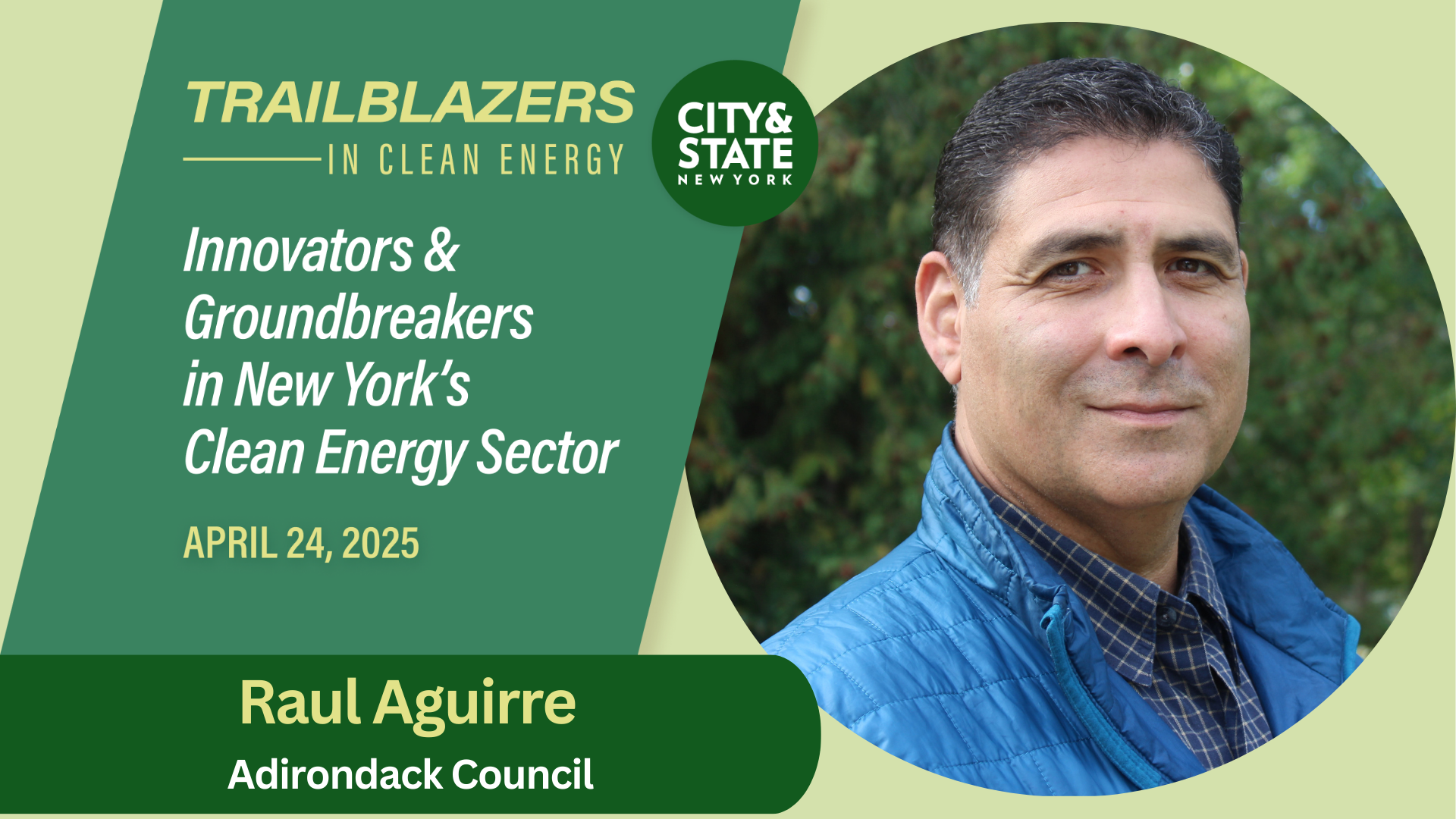
The 2025 Trailblazers in Clean Energy – City and State, April 21, 2025
Adirondack Council Executive Director Raul “Rocci” Aguirre was named to City & State’s 2025 Trailblazers in Clean Energy list for his and the Council’s commitment to reducing greenhouse gas emissions.
Aguirre has been with the Council for more than a decade, first as Director of Conservation and then as Deputy Director. Since 2008, the Council’s Carbon Reduction program has retired 17,000 short tons (2,000 pounds each) of pollution. The Council purchases pollution credits on the Regional Greenhouse Gas Initiative marketplace, which means that pollution cannot be put into the environment.
The Council’s program is equivalent to taking 3,597 gas-powered cars off the road for a year or the equivalent to carbon sequestration of 255,006 tree seedlings grown for 10 years.
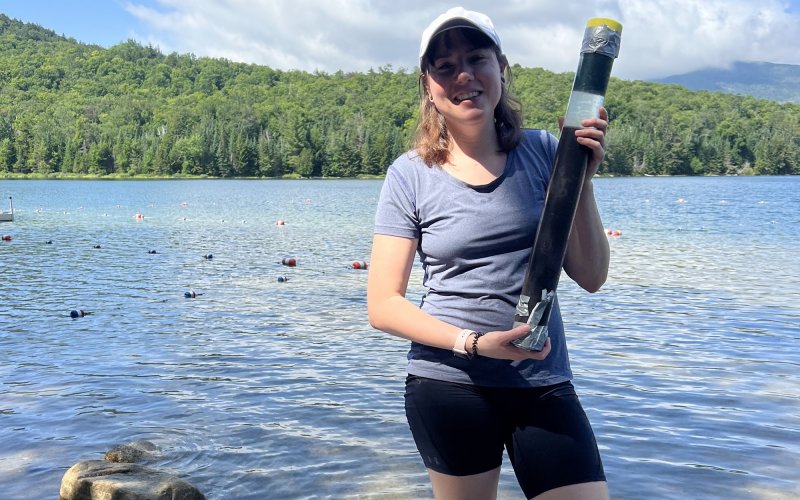
UAlbany Research Shows Near Complete Recovery of Adirondack Lake Metal Pollution – WKTV, April 29, 2025
The federal Clean Air Act has been having a positive impact on human and ecological health since the 1960s. In the late 80s and early 90s, the Adirondack Council worked tirelessly in Washington, D.C. to get amendments to the act passed, and those limits on pollution have continued to support healthier people and a healthier planet.
Now, the University of Albany has found the fruits of that labor in the sediments of Adirondack lakes. Doctoral student Skylar Hooler collected and examined sediment cores from four Adirondack lakes and found that metal contamination has decreased by 90% over the last 50 years.
This study represents the progress that has been made in battling air pollution at a national scale and reinforces the need for continued vigilance and study of our natural environments.
Looking for more ways to get involved with the Council?
Take Action! Connect With Us! Support Our Work!
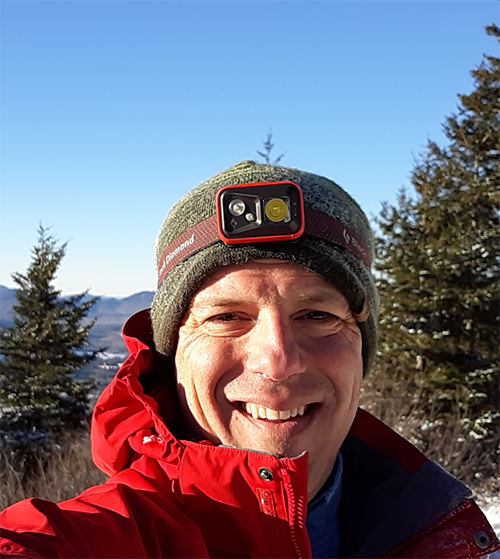
Justin Levine joined the Council staff in 2021 as the Communications and Outreach Assistant. He previously worked as a regional marketing manager for the Regional Office of Sustainable Tourism and was an award-winning journalist and photographer for the Adirondack Daily Enterprise and Lake Placid News. Since graduating from Paul Smith’s College in 2004, Justin has worked in the environmental field in various roles in both the Adirondacks and Florida. When not working, Justin loves spending time with his family, running, and doing all the outdoor things the Park has to offer.

